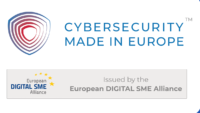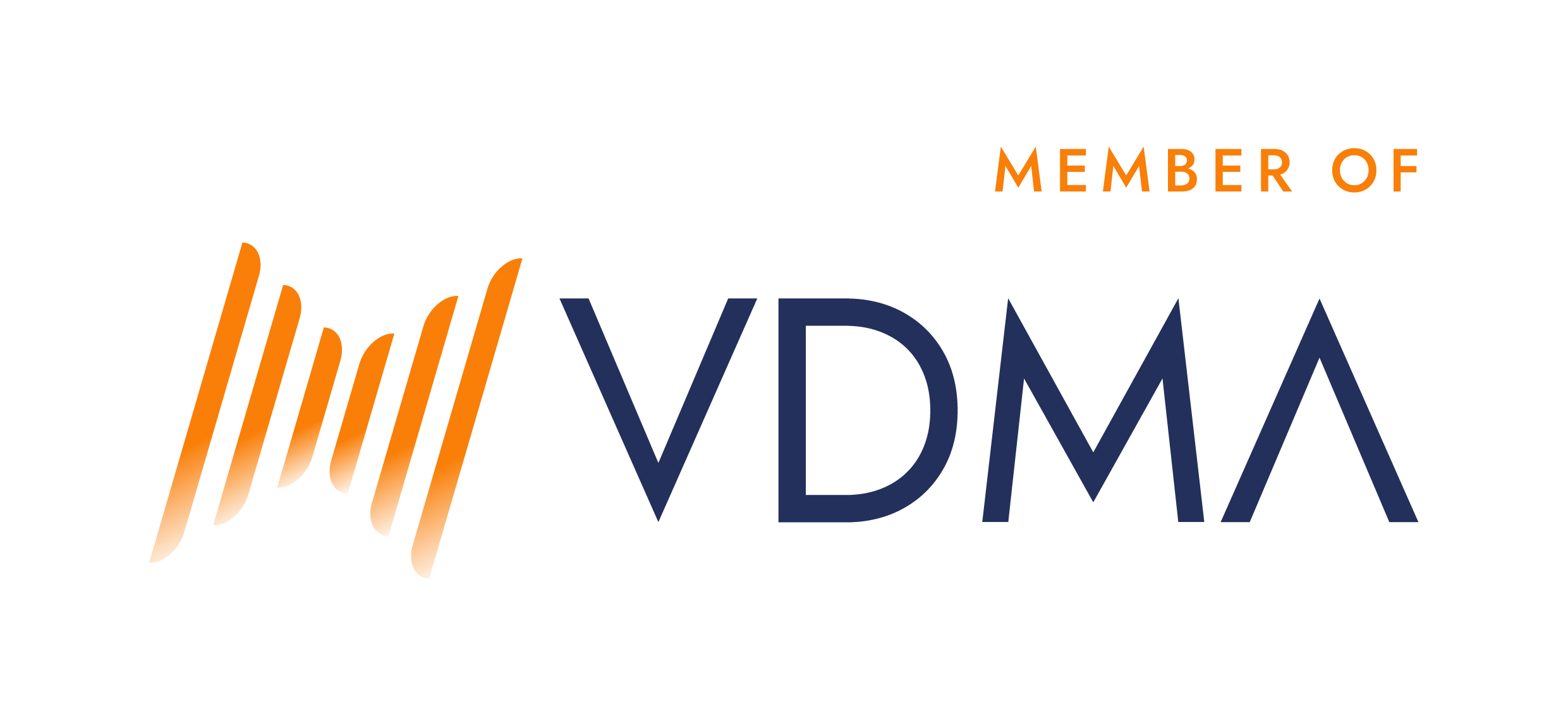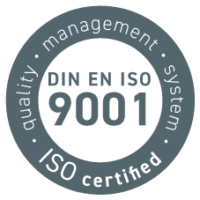
Transatlantic exchange on risk analysis and cyber security launched.
asvin has joined Cybersecurity at MIT Sloan (CAMS), and as part of that membership will be doing collaborative research together on methodical risk analysis for the best possible protection of Operational Technology (OT) environments. The research by asvin and CAMS will investigate and apply novel mathematical graph and AI models to determine cybersecurity risks in critical infrastructures.
“The aim is to be able to make the right decisions quickly with limited personnel resources and chronic time pressure. For example, where and with what measures can the risk of a cyber attack be minimised,” says asvin CEO Mirko Ross.
CISOs are increasingly moving from reactive to proactive risk management. Damage caused by threats and attacks can be significantly minimised and initial calculations show that investments in active data-based risk management pay for themselves with the first threat or attack incident that is detected and can therefore be averted. This is an important basis for refining cyber resilience from a cost factor to a value-added contribution. This benefits operators of critical infrastructures as well as service providers who own or are planning IIoT environments. Last but not least, there is an immense image advantage for companies who are eager to prove that they are risk-reduced, cyber-secure, and compliant with regulations.
Cybersecurity at MIT Sloan, is based at the MIT Sloan School of Management in Cambridge, Massachusetts. In collaboration with other areas of MIT, CAMS aims to improve the cybersecurity of critical infrastructures through an interdisciplinary research approach. It focuses on strategic, managerial, and operational cybersecurity issues. CAMS brings together thought leaders from industry and government with MIT faculty, staff and students working in a variety of relevant fields.
CAMS focuses on the development of metrics and models that allow organisations to better protect themselves against cyber incidents. This includes risk analysis, but also ROI calculations and the simulation of cyber security resilience. The team participating in CAMS activities includes staff from across MIT, but also from the Sloan School of Management, the School of Engineering and the School of Humanities and Social Sciences.
“By joining Cybersecurity at MIT Sloan as a member, a benefit is that our research will focus on the use of graph-based methods, so-called cybersecurity knowledge graphs and artificial intelligence (AI). This allows threat analyses and risk analyses to be significantly improved,” explains Dr. Rapahel Yahalom, lead security researcher at asvin Labs and affiliated Researcher at MIT – Sloan School of Management. “We focus on analysing vulnerabilities and threats related to the manipulation of data, processes and new cyber risks. In the Cybersecurity Mesh Architecture (CSMA) in particular, we are working on new scientific approaches. This challenges conventional views of cybersecurity and opens up more effective methods for achieving cyber resilience.”






